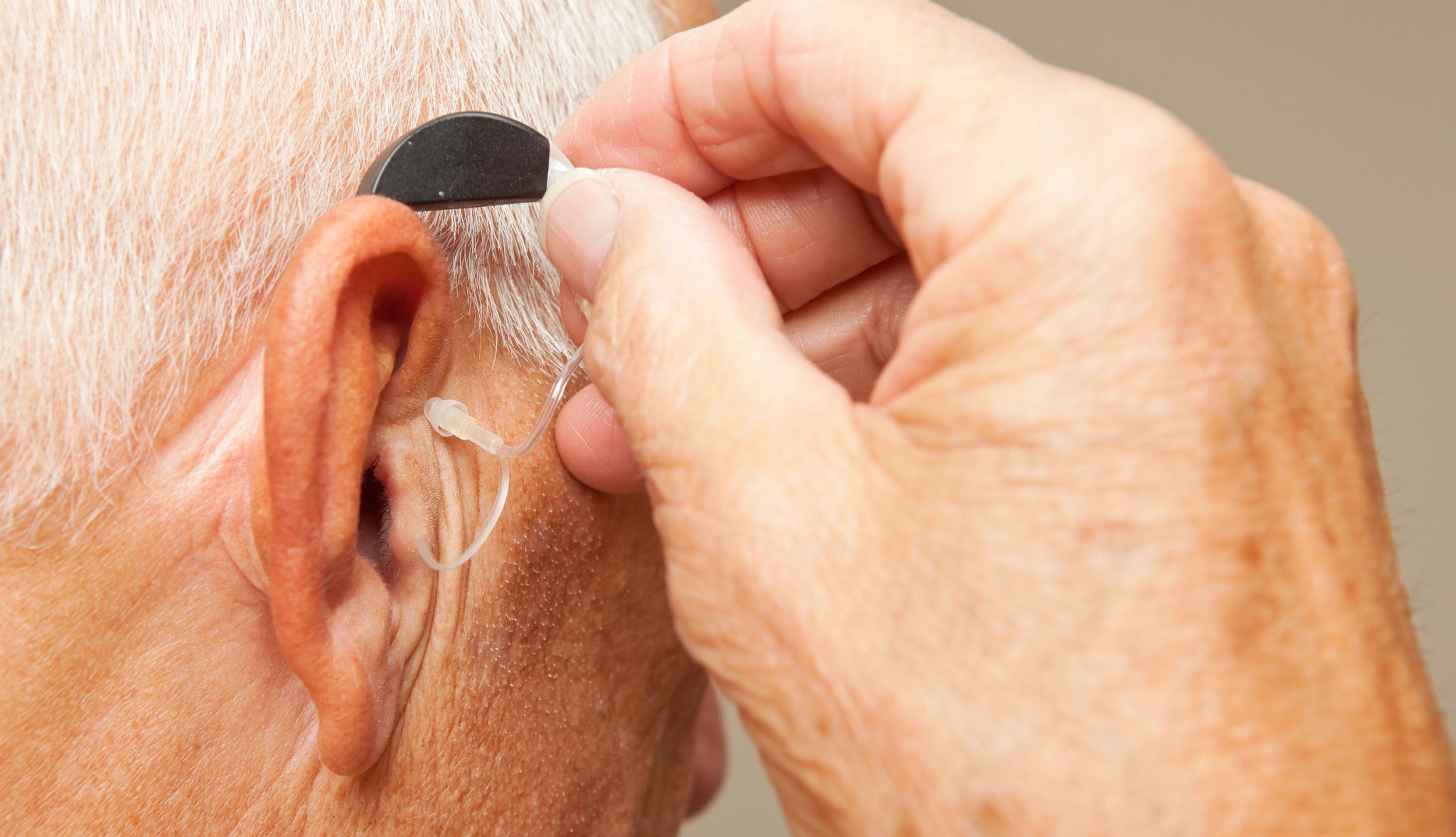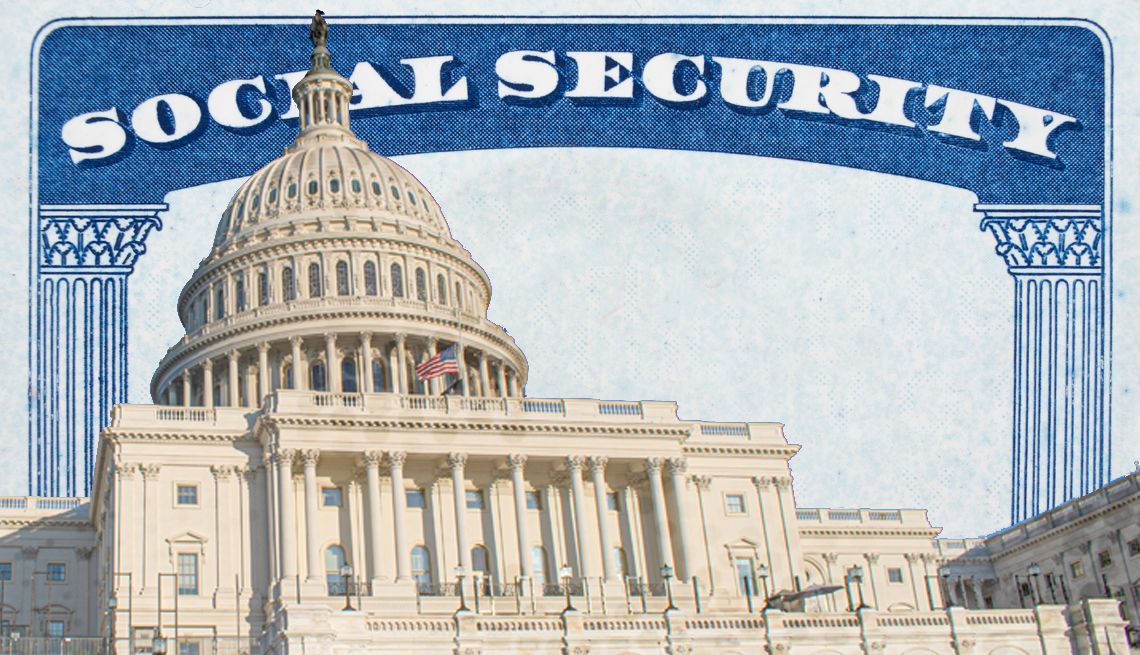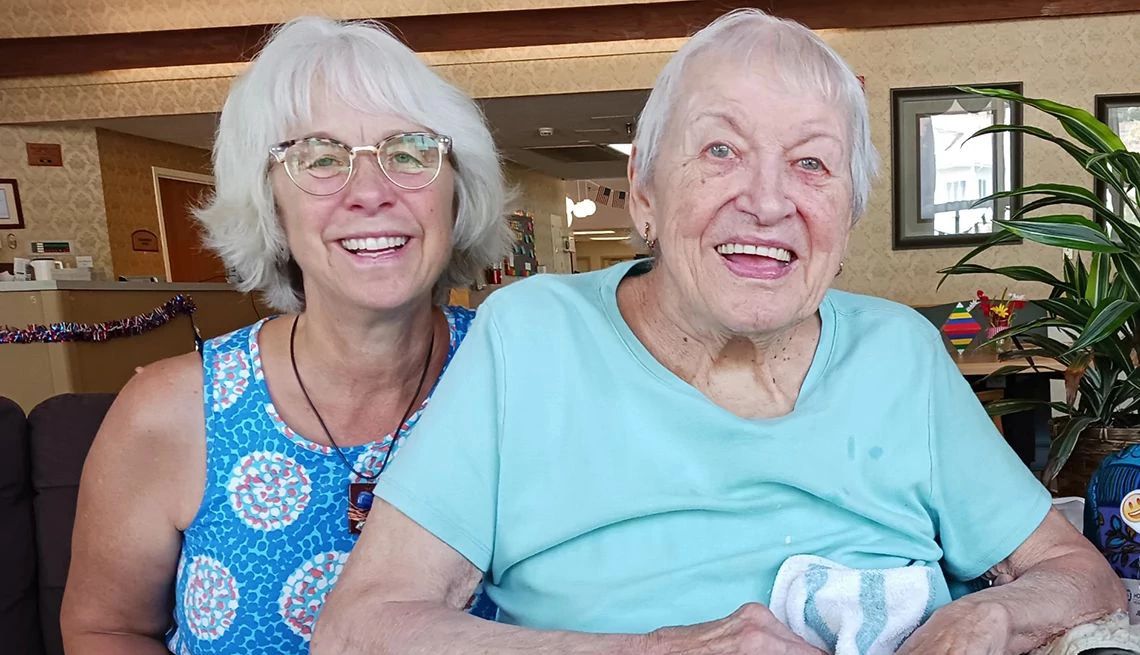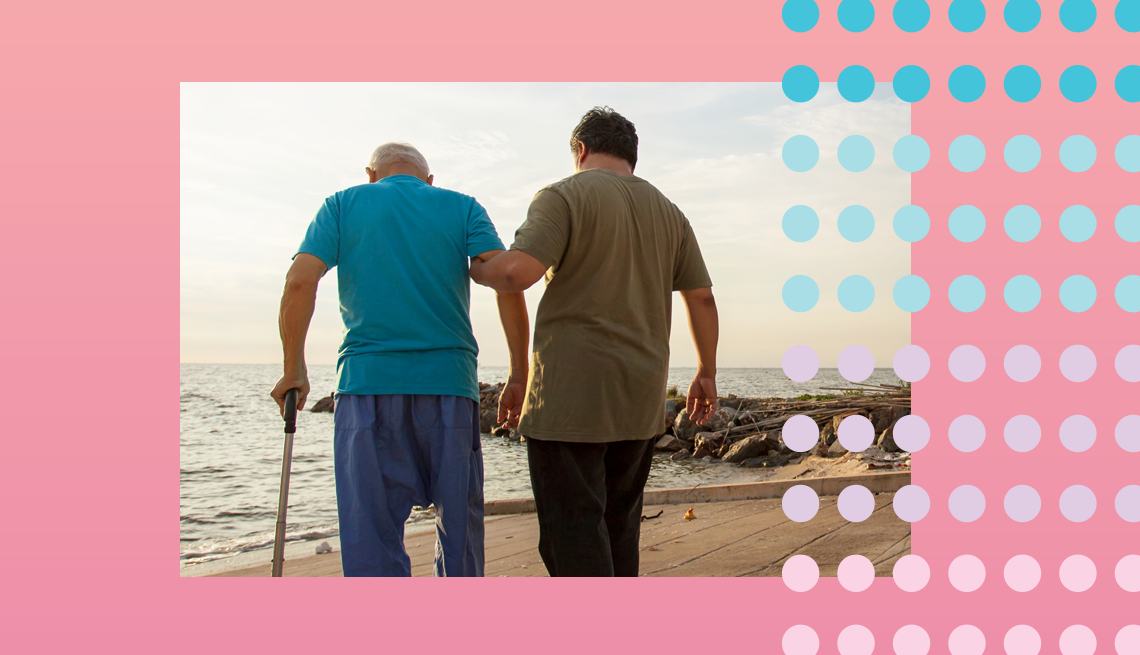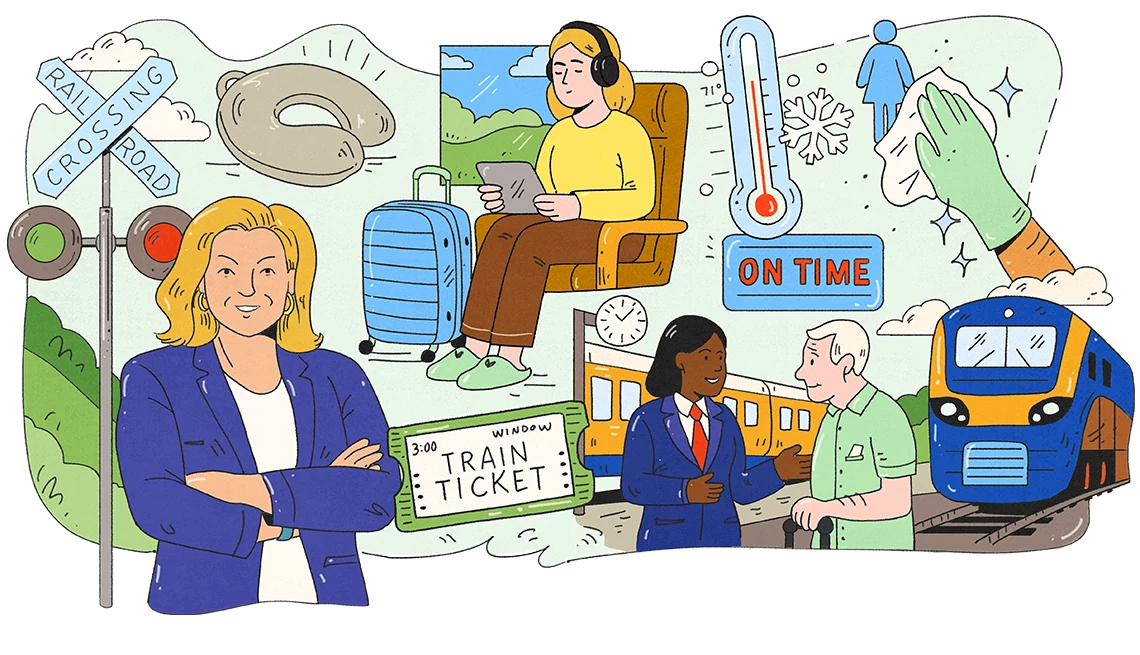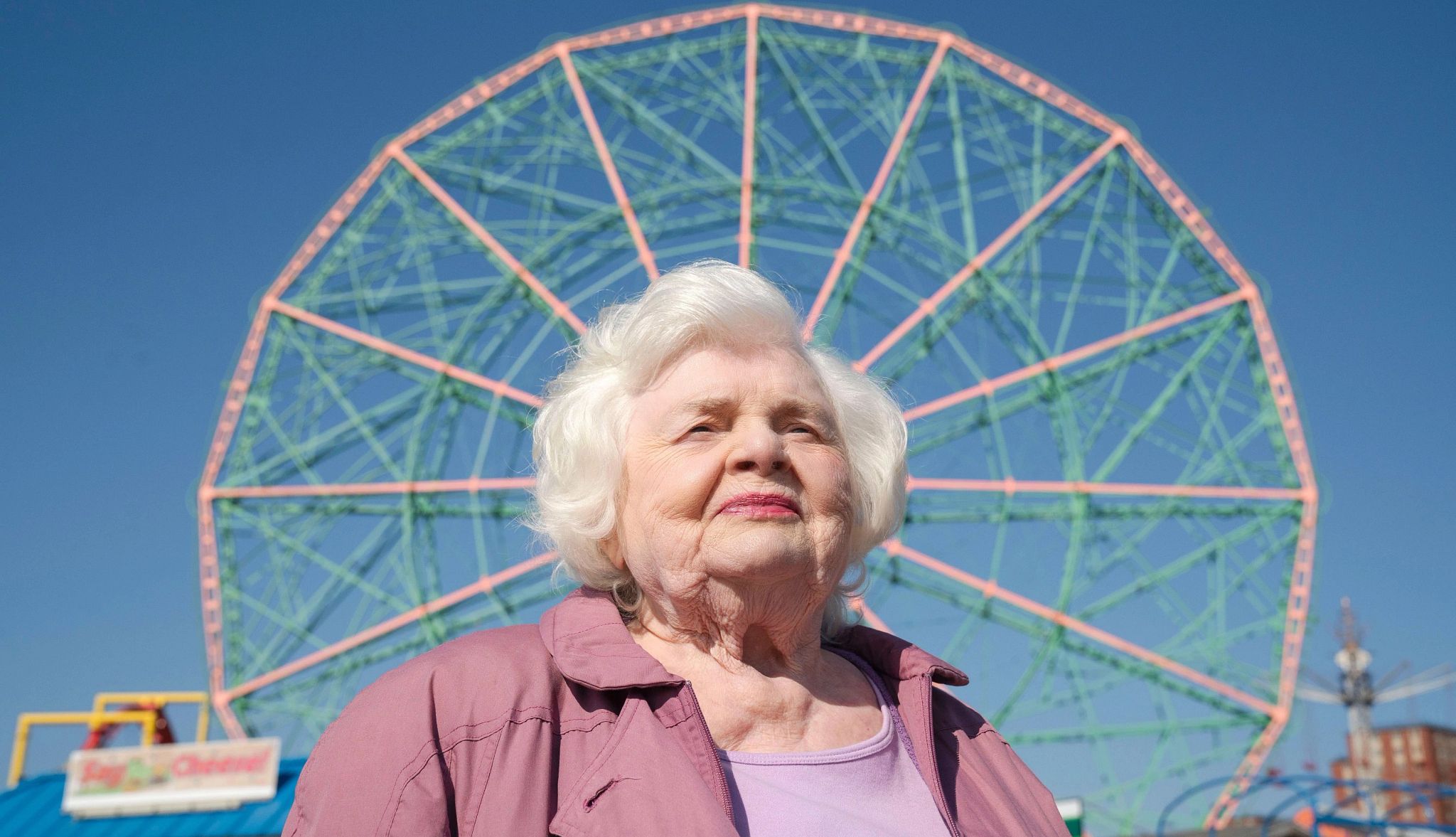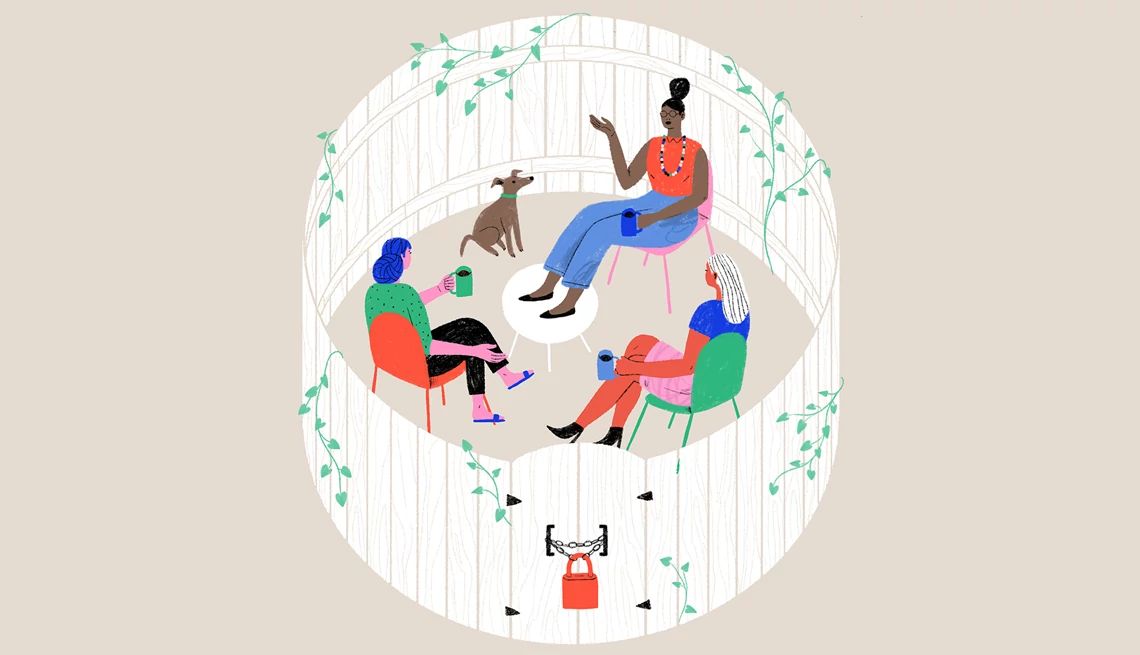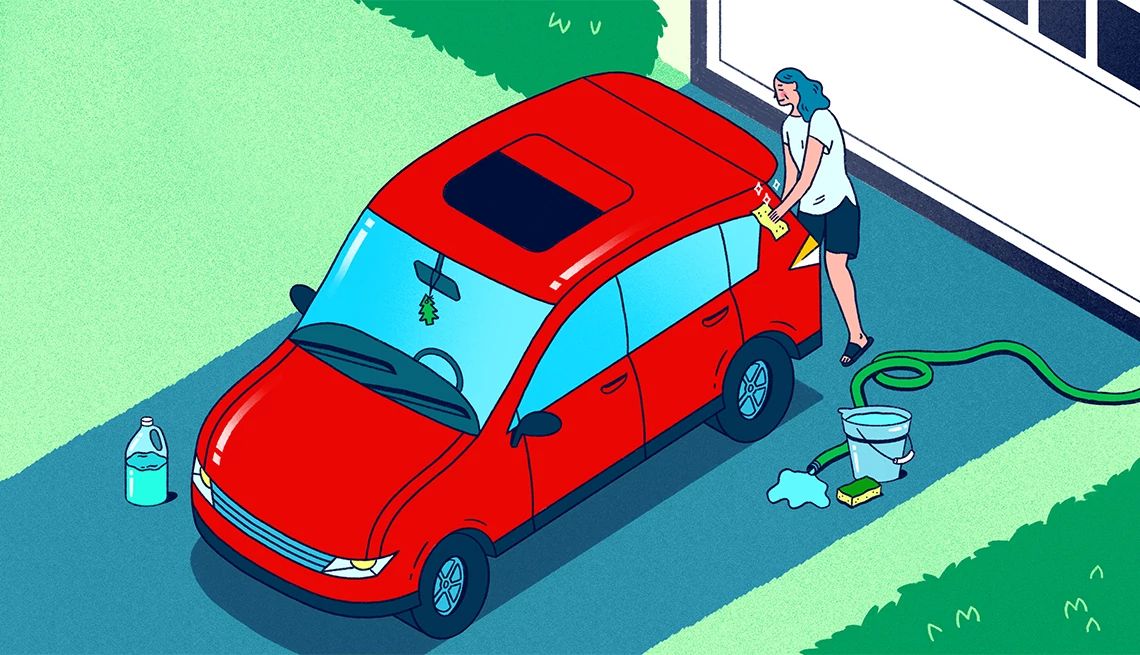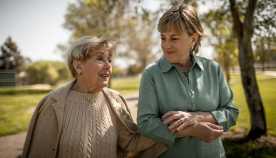AARP Hearing Center

Report Finds Systemic Gaps in South Carolina in Nursing Home and Home Health Staffing, Along with Care Access and Affordability.
AARP’s new Long-Term Services and Supports (LTSS) Scorecard ranks South Carolina 49th overall among states, placing the state in the bottom tier (Tier 5) with TN, MS, AL and WV. The report sounds the alarm that there is much more to be done to keep up with the rapidly changing needs of an aging population. Among states in the 5th Tier, SC ranks worst for measures related to affordability and access. Significant improvements are also needed in the areas of safety and quality, support for family caregivers and community integration.
The report finds that more than three years after the COVID-19 pandemic began, care provided in the United States for older adults and people with disabilities is painfully inadequate. Major gaps persist in every state, including South Carolina, especially related to nursing home and home health staffing, care access and affordability and housing and job access for people with disabilities.
“With a fast-growing state population, this scorecard reveals a long-term care crisis where people who want to age in place, as well as those in nursing home and assisted living settings, simply don’t have the infrastructure and wraparound services to support quality, affordable and accessible care,” said Charmaine Fuller Cooper, AARP State Director. “Despite policy strides we are still significantly behind nearly every state in the nation. So today, AARP is calling for legislative leadership to create a bipartisan aging and family caregiver caucus to address challenges in long-term care services and supports.”
Additional key findings from the report include:
Family Caregiving
· Family caregivers on average spend $7,242 per year on out-of-pocket costs. Several states have enacted a caregiver tax credits. [GA, MO, MT, ND, NJ]
· Only seven states have statewide laws protecting caregivers from discrimination in the workplace that ensure they are not unfairly treated due to caregiving duties outside of work. [7 states: AK, CT, DE, DC, ME, MN, NY]
· Twelve states have enacted paid family leave laws and 18 states have paid sick day laws, which can be used for caregiving. Paid family leave: CA, CO, CT, DE, DC, MA, MD, NJ, NY, OR, RI, WA. Paid sick leave: AZ, CA, CO, CT, DC, ME, MD, MA, MI, MN, NV, NJ, NM, NY, OR, RI, VT, WA]
Home and Community-Based Services
· There has been a surge in older adults receiving long-term care at home, rather than in nursing homes and other institutions. Nationally, for the first time, more than half (53%) of Medicaid LTSS spending for older people and adults with physical disabilities went to Home and Community-Based Services (HCBS). This is up from 37% in 2009. HCBS includes support for home health care aides, respite services, assistive technology and home modifications and other services.
o The average annual per person cost of home care in 2021 was $42,000.
· Eleven states, had state policies that allowed for presumptive eligibility for Medicaid HCBS at the time of data collection, making it possible for people to go home to receive care after being in the hospital rather than having to be admitted to a nursing home while their eligibility for Medicaid is being determined. [11 states: CA, CO, IL, IN, MI, MN, NJ, OH, OR, RI, WA]
· South Carolina ranks 47th in the availability of home health and personal care aides. Over time, this shortage could significantly impact the ability of people to age in place or receive in-home care following hospitalization, as opposed to a costlier nursing home or skilled nursing setting.
· Many states have large numbers of people with low care needs living in nursing homes, indicating a lack of HCBS access and services, and there are differences across race/ethnicities. However, South Carolina ranked better, at 12th in this category. [States with 15% or more low needs: MT, KS, SD, OK, MO)
Nursing Homes and Institutional Care
· A major workforce crisis exists in nursing home care. Across all states, wages for direct care workers are lower than wages for comparable occupations, with shortfalls ranging from $1.56 to $5.03 per hour. In South Carolina, wages are $2.84 lower than other entry level jobs.
o Nationally, more than half of nursing staff in nursing homes leave their job within
a year (53.9% turnover rate). In SC, the rate is worse than the average, at 57.7%,
with Montana, Vermont, and New Mexico experiencing the highest averages in
staffing turnover.
o Staffing disparities are a significant challenge. Residents of nursing homes with
high admissions of Black residents receive almost 200 fewer hours of care per year
compared to residents of nursing homes with high admissions of white residents.
· Nationally, only 22% of nursing home residents live in a facility with a 5-star rating, and some races/ethnicities are less likely to live in a 5-star facility than others; about 13.5% of SC’s Black/African American residents live in a 5-star facility. Gaps in workforce and equity result in persistent problems in care. For instance, about 10% of nursing home residents nationwide experienced a pressure sore. Pressure sores can be life-threatening as they can lead to bone or joint infections, cancer, and sepsis.
· Only nine states have enhanced hazard mitigation plans for natural disasters and other emergencies to systematically address the needs of vulnerable older adults and people with disabilities, including for nursing home residents. [9 states: CA, CO, GA, MO, NC, ND PA, SD, WA]
· There is some progress toward innovative and effective alternatives to traditional nursing home models. For instance, 10 states made strides in nursing home innovations, such as by supporting Green House® Nursing Home availability and policies, which includes small facilities, private rooms, and other best practices. [10 states: AR, CO, CT, IN, KS, MS, MI, NY, OH, RI]
“COVID-19 tested our long-term care systems, and they failed. Now is the time to take the lessons we’ve learned to fix them, for the sake of saving lives,” said Susan Reinhard, Senior Vice President, AARP Public Policy Institute. “AARP’s LTSS Scorecard shows some progress and innovation, but there’s still a long way to go before we have systems that allow people to age well and independently for as long as possible and support the nation’s 48 million family caregivers. It’s also clear some emerging issues deserve more attention – from whether nursing homes are prepared to confront natural disasters, to whether they have plans in place to maintain and grow their workforces.”
Recommendations
Key recommendations from the report and AARP to strengthen support for long-term care and aging at home:
· Prioritizing saving time, money, and increasing support for South Carolina’s 770,000 family caregivers, who are the backbone of the long-term care system, providing over $9.3 billion in unpaid care, such as with paid leave, tax credits, and other mechanisms to address health and financial needs.
· Investing in all aspects of Home and Community-Based Care infrastructure, such as increasing support and training for home health aides and home visits, supporting the ability to access and use medical devices and equipment, and updating key Medicaid regulations and payment models.
· Bolstering the nursing home and in-home care workforce, with improved recruitment and training, increasing pay, and expanding the ability of trained nurses, aides, community health workers and other paraprofessionals to take on some aspects of care. States can choose to enact and enforce staffing and related care standards.
· Expanding the use of innovative, effective models for nursing homes can improve both quality of care and quality of life, such as with smaller facilities and private rooms.
· Addressing inequities by investing to close the staggering gaps in access to quality care and facilities and staffing shortages. One policy solution needed immediately in South Carolina is an increase to the current Medicaid personal needs allowance of residents in skilled nursing facilities. The allowance constitutes the only personal funds available for residents on Medicaid and the current level has remained stagnant at $30 per month since 1988.
· Building multisector plans for aging, coalitions and age-friendly health systems, and consider the wider needs to allow individuals to live independently in their homes and communities, such as having affordable and accessible housing and transportation, improved community design, and comprehensive emergency preparedness plans. Updates to South Carolina’s outdated housing and transportation funding formulas are well overdue, as they impact individual independence and access to service.
· Advancing innovation in cities, counties and states by supporting comprehensive state- and community-wide aging plans and piloting new approaches and programs, like Green House® Nursing Homes and presumptive eligibility, that can then be scaled. Significant weatherization and housing policies are also needed to help more South Carolinians age in place.
· Ensuring every state in the nation has a sound emergency preparedness plan to support nursing home residents, in particular, in times of crisis – including natural disaster.
The Scorecard includes a series of 50 indicators focused on 1) affordability and access; 2) choice of setting and provider; 3) safety and quality; 4) support for family caregivers; and 5) community integration, using data from a variety of publicly available sources, such as the Centers for Medicaid and Medicare Services, American Community Survey, and Bureau of Labor Statistics.
The LTSS Scorecard is funded by AARP Foundation with the support of The SCAN Foundation, The Commonwealth Fund, and The John A. Hartford Foundation and has been updated every three years since 2011.
"Every person, regardless of where they live, their race, or their socioeconomic background, deserves long-term care that is accessible, safe, and prioritizes what matters most to them,” said Terry Fulmer, PhD, RN, FAAN, president of The John A. Hartford Foundation. “The Scorecard shows that there are significant regional and racial disparities in the care a person receives. State policymakers can and should take steps now to close the gap in access to quality care.”
"The LTSS Scorecard indicates progress in some state programs, but opportunities exist for both public and private sectors to enhance LTSS,” said Sarita A. Mohanty, MD, President and Chief Executive Officer of The SCAN Foundation. “Most older adults prefer home and community-based care that meets their needs, but it remains financially out of reach for many working-class families, particularly those who are part of the 'forgotten middle'. TSF is committed to identifying, highlighting, and elevating innovative policies and programs to ensure all older adults can age well in home and community."
“Equity is an essential component of high-quality health care, and is especially important in LTSS,” said Melinda Abrams, Executive Vice President, Programs, The Commonwealth Fund. “I am thrilled AARP was able to add race and ethnicity data for several indicators. This year and going forward, this new data will shed light on the experiences people of color in LTSS and draw attention to individuals with the greatest need.”
To view the full Scorecard and state-by-state information visit www.ltsschoices.aarp.org.
State Rankings:
· Tier One: 1: Minnesota; 2: Washington state; 3: District of Columbia; 4: Massachusetts; 5: Colorado.
· Tier Two: 6: New York; 7: Oregon; 8: Hawaii; 9: Vermont; 10: New Jersey; 11: California; 12: Rhode Island; 13: Connecticut; 14: Maryland; 15: Wisconsin; 16: Maine.
· Tier Three: 17: Delaware; 18: Nebraska; 19: North Dakota; 20: New Mexico; 21: Pennsylvania; 22: Arizona; 23: Iowa; 24: New Hampshire; 25: Illinois; 26: Alaska; 27: Indiana; 28: Virginia; 29: Utah; 30: Kansas; 31: Michigan; 32: Ohio; 33: Montana; 34: Texas; 35: Idaho.
· Tier Four: 36: South Dakota; 37: Arkansas; 38: Missouri; 39: Georgia; 40: Wyoming; 41: North Carolina; 42: Kentucky; 43: Florida: 44: Nevada; 45: Louisiana; 46: Oklahoma.
· Tier Five: 47: Tennessee; 48: Mississippi; 49: South Carolina; 50: Alabama; 51: West Virginia.




